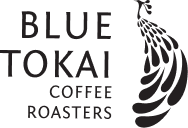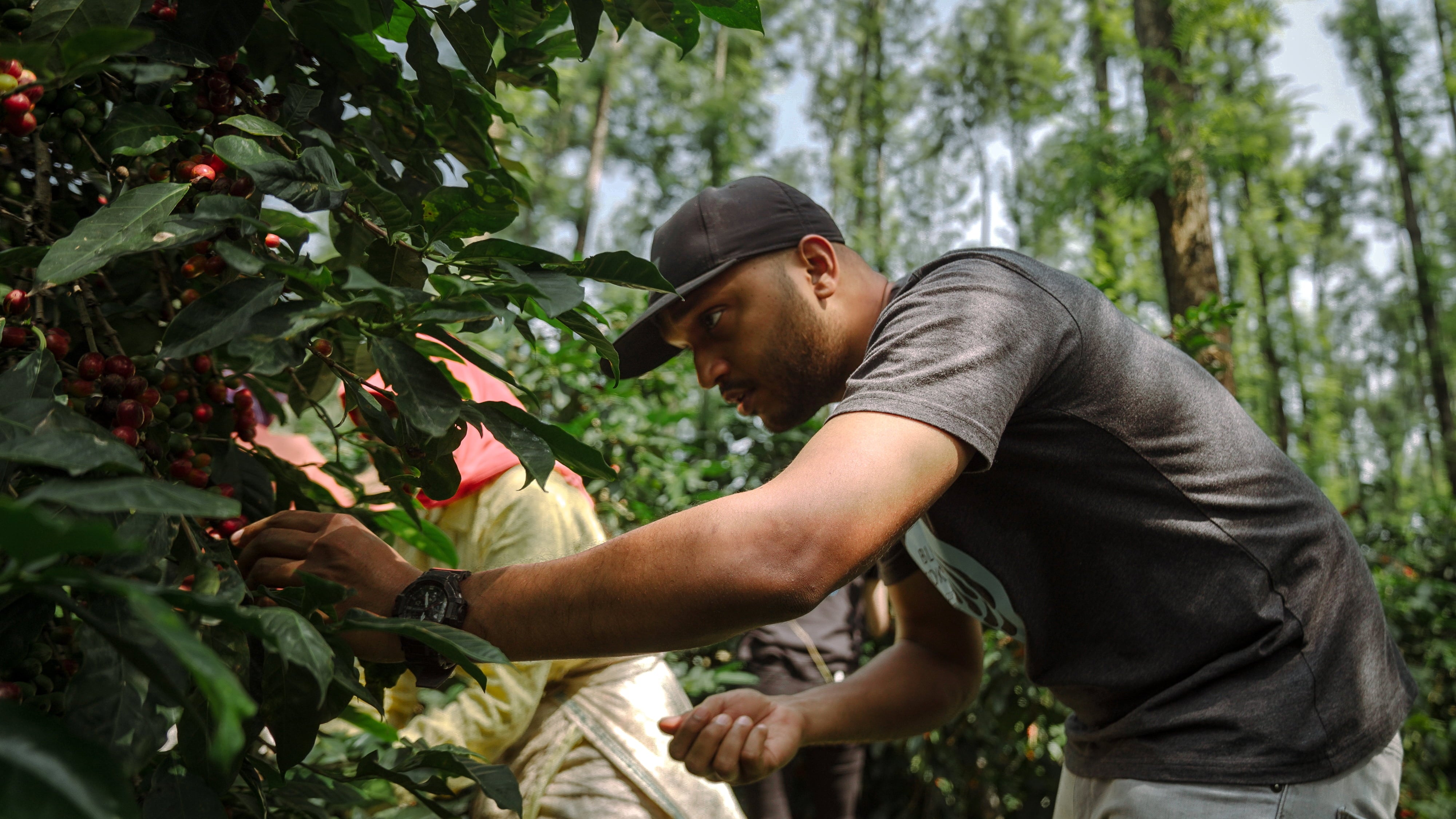Our relationship with the farms that grow our coffees goes way beyond procuring, roasting and shipping coffee beans. In this blog I wanted to talk about one of the most exciting projects I've had the opportunity to work on at the farm level.

Ratnagiri Estate, Chikmagalur, Karnataka
As the Green Beans Procurer for Blue Tokai, much of my work revolves around scouting for potential coffee plantations which grow great-tasting coffees, and building a beautiful relationship of mutual trust and understanding with them. Ratnagiri Estate is one such farm which was introduced to me back in 2018 when the world was a different place. This plantation is nestled in the South Indian Western Ghats near Bababudangiri, the place where coffee in India first originated.

Arabica plants surrounded by Silver Oak Trees
Back then, Ratnagiri Estate mostly supplied their beans to international markets since the concept of specialty coffee in India wasn’t as prevalent as it is now. In fact, it was a coffee producer friend who suggested this farm to me. I did my research and then got in touch with Ashok Patre and Divya Patre.

Ashok Patre, Producer, Ratnagiri Estate
Fast forward to a year later, I visited the farm and spent an entire day with Ashok and Divya, discussing every single coffee-related thing under the sun with him! I was quite taken with the way he processed coffee in his lab since the kind of infrastructure at the farm wasn’t something usually found in India. I came to learn that their approach to farming has always placed ecology and harmony with the environment at the forefront of their work. And it’s not just coffee, the farm is home to a diverse and rich ecosystem as well.

Arabica fruits being sorted to eliminate any rainbow cherries
Ratnagiri Estate is a farm that we’ve featured in countless seasonal lots and also in our highest-scoring coffee series, that is, the Producer Series. Here at Blue Tokai, we’ve always been keen to give a platform to producers who want to experiment with their coffees and elevate the quality of specialty coffee in India.
Much to my delight, Ashok and Divya were keen to do something new so I told them about my idea for a series of micro lots of honey-processed coffees. I was very excited about this project and partnering with Ratnagiri Estate for this really felt like the right thing to do. We did our due research, consulted with international coffee consultants and decided to start our project in January 2021.

Ripe coffee cherry fruits handpicked at Ratnagiri Estate
Things progressed pretty quickly and I was heartened to see Ashok’s excitement right from the beginning! Initially, we decided to do a batch trial and ended up carrying out multiple experiments and finally settled on honey processing since it brought out beautiful aromas and flavours. Honey coffees are not very prevalent in India so it was very important for us to make sure we got the process perfect so that it could create a unique coffee offering to our customers.

Honey processed beans drying on raised beds
We used a 1000 kg batch of coffee cherries and decided to process it using the red and black honey methods, by starting with a high brix value (amount of dissolved sugar by volume) of 23-24. We received the final samples in March 2021. Our first two lots, H1 and H2, were processed using the aerobic red honey technique and roasted lightly. For these lots, the coffee cherries were first de-pulped and then laid out to dry on raised beds with mucilage on the beans. As the coffee beans dry and the sugars caramelise, the sticky mucilage oxidizes and darkens. After a few days of drying, the beans start to look golden-yellow in colour. At this stage, the beans are allowed to continue fermenting, which further oxidizes the mucilage to a red hue. This gave our first two lots very floral characteristics and the heavy body and sweetness that honey processed coffees are known for.
Lot H3 was processed using the anaerobic black honey technique, and was especially tricky. A similar process was followed here but the coffee was allowed to ferment for an extra amount of time which turned the red hue to black. Through trial and error, we figured out the best sequence and pulped it in a specific way to achieve the desired results.

Fermentation tanks
I was very excited for these farm trials as I wanted to do something fresh and different, and have the Blue Tokai team be involved right at the farm level. Collaborating with an experienced coffee producer and coming out with new ideas and gentle tweaks on how to make great tasting coffee was a very rewarding experience!

Green beans resting in our warehouse prior to roasting
If you’d like to try our last micro lot from Ratnagiri Estate, you can click here.
What other experiments would you like to see from Indian coffee farms?






Leave a comment